Why Are Tarantulas a Problem in Animal Crossing?
Tarantulas in Animal Crossing can be a source of both excitement and frustration. These eight-legged creatures are a valuable commodity, as they can be sold for a high price, but they also pose a threat to your character. Encountering a tarantula can lead to a swift sting, resulting in your character fainting and waking up back at their home. This can disrupt your island activities and lead to the loss of progress. The aggressive nature of tarantulas, combined with their stealth, makes them a formidable challenge for new and experienced players alike. Therefore, understanding their behavior and how to safely interact with them is essential for enjoying the game. Knowing how to avoid being stung while still capitalizing on their value is key to a successful Animal Crossing experience. Successfully catching these creatures requires knowledge, skill, and a bit of patience.
Understanding Tarantula Behavior
Tarantulas in Animal Crossing behave in a specific manner that players must understand to catch them. These creatures are primarily active during the night, typically appearing from 7 PM to 4 AM, although the exact times can vary depending on the month and your hemisphere. They are also territorial, meaning they will chase and attack any player who gets too close. When approached, a tarantula will stand on its hind legs and raise its front legs, signaling its intent to attack. If you move too quickly or get too close, it will lunge forward, stinging your character. However, if you approach slowly and steadily, you can avoid triggering their aggressive behavior. The key is to keep your net ready and your movements deliberate. Learning to read their movements and reactions is crucial for success.
Tarantula Spawn Conditions
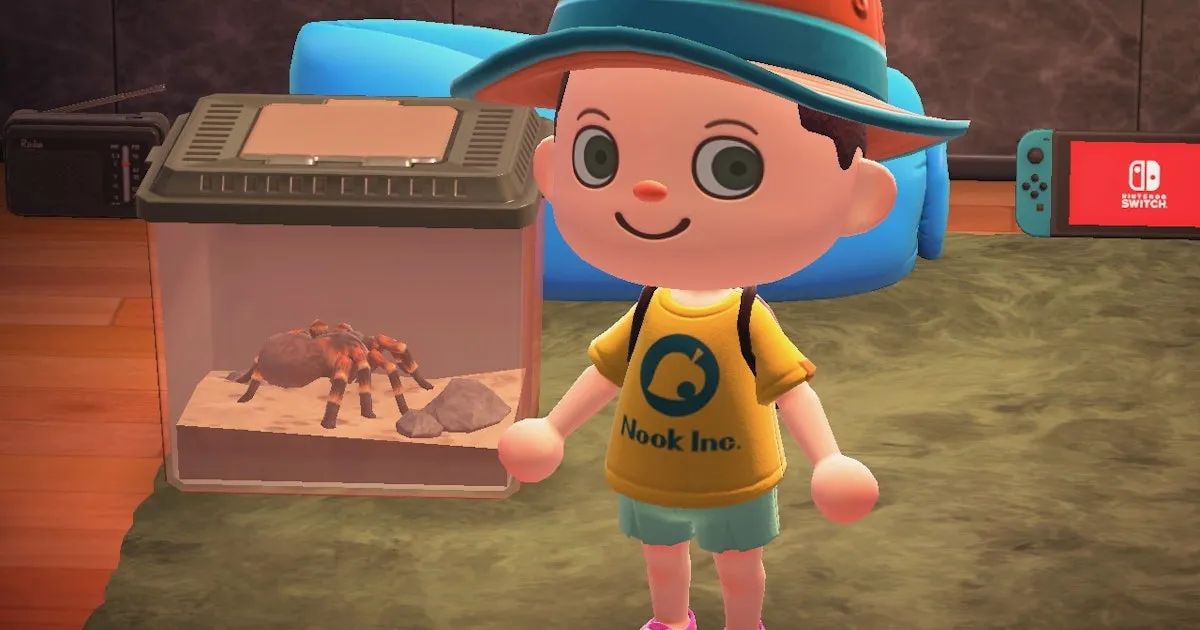
Tarantulas don’t just appear randomly they have specific conditions that must be met for them to spawn on your island. This includes a specific time of day, as mentioned, but also the environment. They prefer clear weather conditions, avoiding rainy days. It’s important to note that tarantulas have seasonal availability, and the time of year significantly impacts their spawn rate. The specific seasons vary depending on the hemisphere your island is set to. Furthermore, tarantulas prefer islands with specific layouts. Heavily wooded islands, for example, may provide fewer open spaces for tarantulas to appear. Understanding these factors can greatly improve your chances of finding them. Keep an eye on the weather forecast and the time to maximize your chances.
Island Type and Time
The type of island you have can affect tarantula spawns. Some islands may have a higher natural spawn rate than others due to their terrain and the amount of open space available. Islands with fewer flowers, trees, and water features will generally have more spawn locations. Also, the time of day is crucial, as tarantulas are typically active during the nighttime hours on your island. Players should plan to explore their island during these hours to maximize their chances of encountering tarantulas. Pay close attention to the in-game time and weather conditions for optimal results. Certain hours of the night may provide better spawn rates, so experiment to see which times are most productive on your island.
Weather Conditions
Weather plays a significant role in tarantula spawn rates. Tarantulas are less likely to appear on rainy days. Clear weather is more conducive to their appearance, so be sure to check the weather forecast before heading out on your hunting expedition. During clear weather, the spawn rate of tarantulas is much higher, and you will encounter more of them. Foggy weather can also reduce the spawn rates. So, the best time to search for tarantulas is usually during a clear night with no rain or fog. This combination of conditions provides the optimal environment for tarantula activity, making your hunt far more productive. Always check the forecast before you begin your search.
Essential Tools for Catching Tarantulas
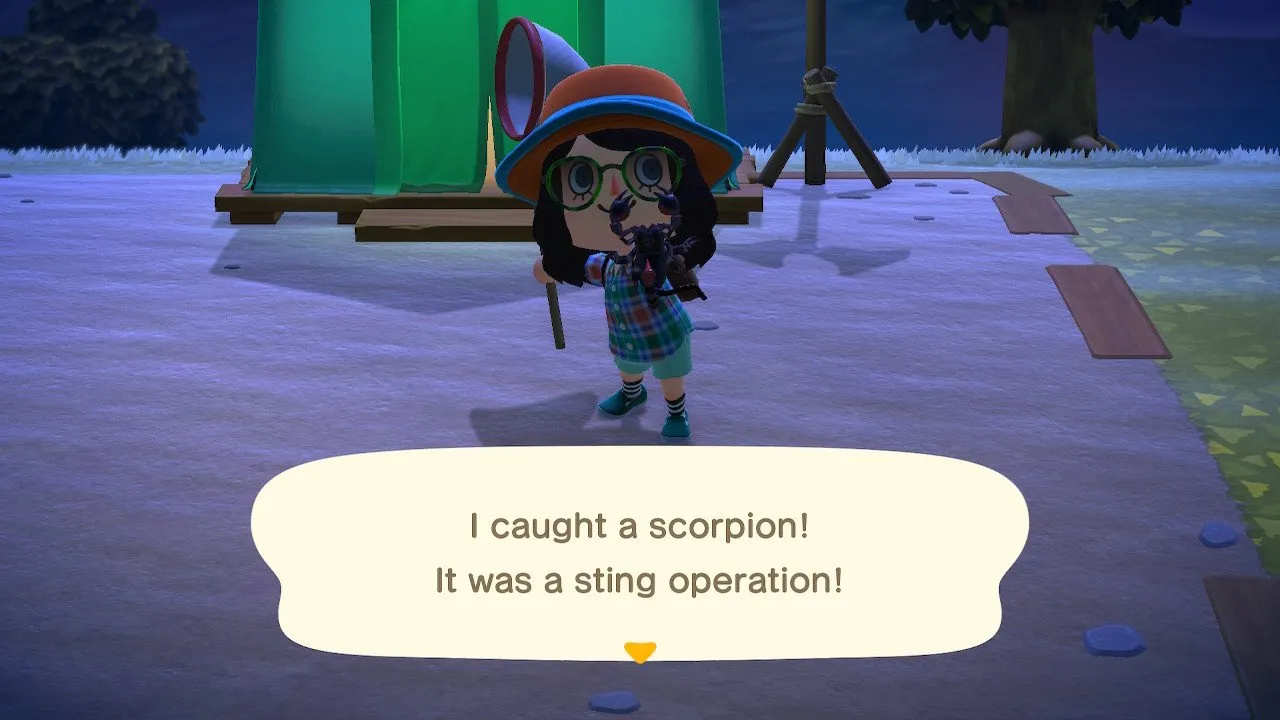
To successfully catch tarantulas in Animal Crossing, you’ll need the right tools, primarily a net. A sturdy net is your most important piece of equipment when dealing with tarantulas, and it must be ready at all times. You will also want to consider bringing a shovel to dig up any potential holes that could trip you up and any other distractions, allowing you to move more freely. Ensure you have space in your inventory for storing the tarantulas once you catch them, and always keep your tools in good repair to maximize your catching opportunities. Having these tools ready and prepared will make the entire process much smoother, making it easier to collect these valuable creatures.
The Net and Its Importance
The net is the single most crucial tool for catching tarantulas. Without a net, you cannot capture these creatures. Your net should always be equipped and ready to use the moment you spot a tarantula. The quality of your net may affect how easily you catch the tarantula, so it is best to have a durable one. Practice your timing with the net, as you will need to swing at the right moment to catch the tarantula. Different net types may vary in durability and swing speed, so choose one that suits your play style. Keep your net in good condition, as a broken net will prevent you from catching anything. With the right net and technique, you will greatly increase your chances of success.
Preparing Your Inventory
Before embarking on your tarantula hunt, it is essential to prepare your inventory. Ensure you have enough space to store the tarantulas you catch. Tarantulas can be quite lucrative, so maximizing the number you catch is essential. Bring your tools, such as a shovel, to clear any obstacles on the ground, which can help you move more easily and avoid tripping. Consider bringing a ladder and a vaulting pole to access different parts of your island. Clearing out items can also reduce potential obstacles while you chase after a tarantula. Preparing your inventory in advance will help you stay organized, ensuring that you’re prepared for a successful hunting trip. This helps you avoid any unexpected complications.
Sneaking and Approaching Tarantulas
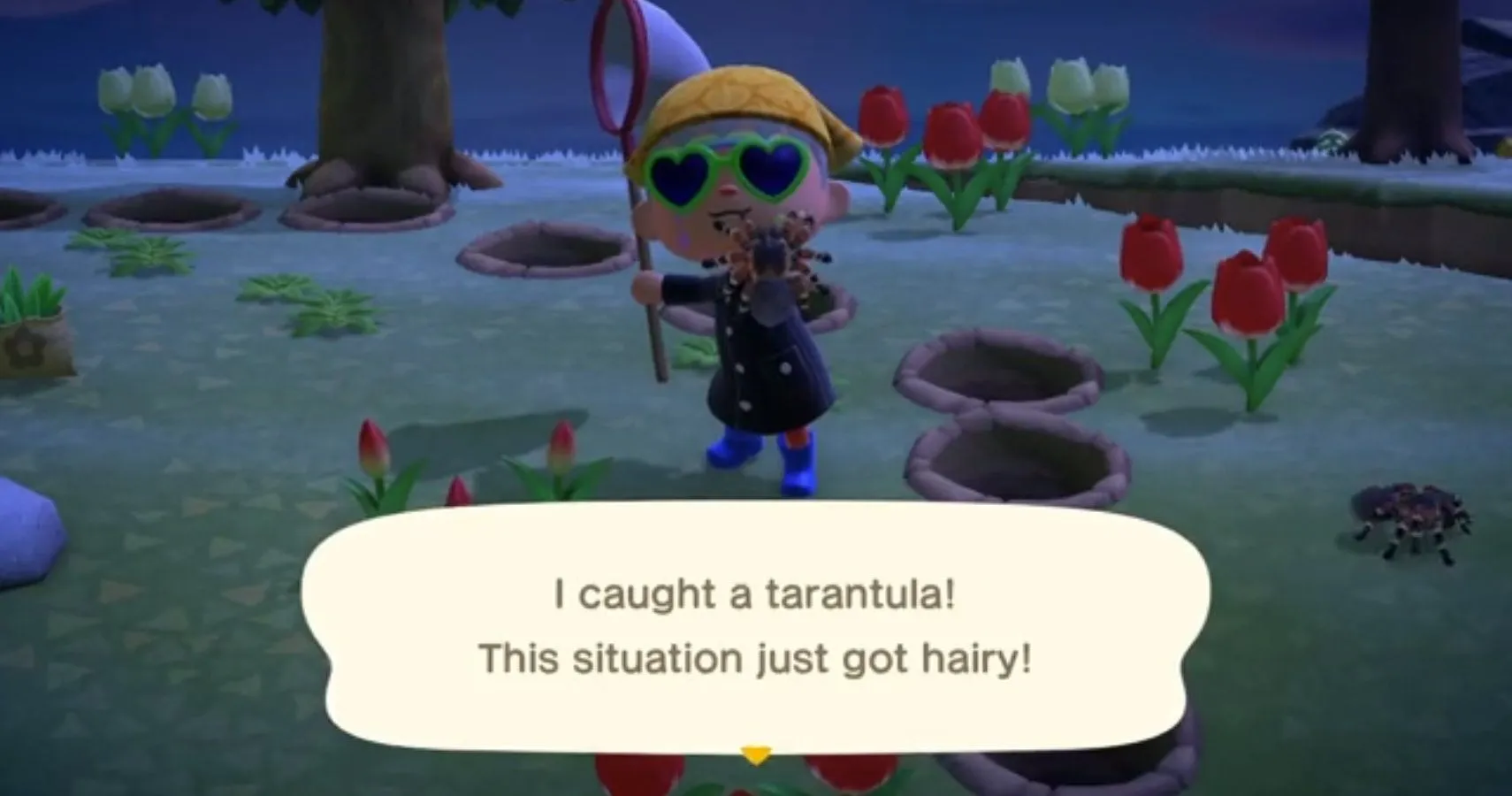
Successfully catching a tarantula requires a careful approach. Tarantulas are easily startled, and if they detect you, they will attack. The key is to move slowly and deliberately. If a tarantula notices you, it will stand up on its hind legs. At this point, you need to stop and wait. Only move forward again once the tarantula returns to its normal posture. Keep your net equipped to react immediately. The slower you move, the better your chances of success. Patience and precision are essential. This will increase your likelihood of catching the tarantula without being stung. Always keep your eyes on the target and adjust your movements accordingly.
Stealth Techniques
Stealth is your best friend when dealing with tarantulas. Instead of running directly towards the tarantula, approach it slowly. This will prevent it from becoming alerted to your presence. As you approach, stop every few steps. Watch the tarantula’s behavior, and if it stands on its hind legs, freeze in place until it returns to normal. Use the analog stick to move slowly, and avoid running. It’s important to use the right techniques to get close. Consider your surroundings, and be ready to change your approach. This slow, measured approach will increase your chances of getting close enough to catch it. Mastering these stealth techniques is crucial for success.
Timing Your Swings
Timing is everything when it comes to catching tarantulas. Once you’ve approached a tarantula, you will need to swing your net at the perfect moment. Be ready to swing your net quickly when you are close enough. The best time to swing is just as the tarantula starts to move towards you. This will help you catch it before it has a chance to attack. It may take some practice to get the timing just right. The ideal distance is typically about a half of a space away from the tarantula. If you swing too early or too late, you will miss and the tarantula will likely attack. With practice, you will learn to anticipate the tarantula’s movements, perfecting the timing of your swings.
Effective Catching Strategies
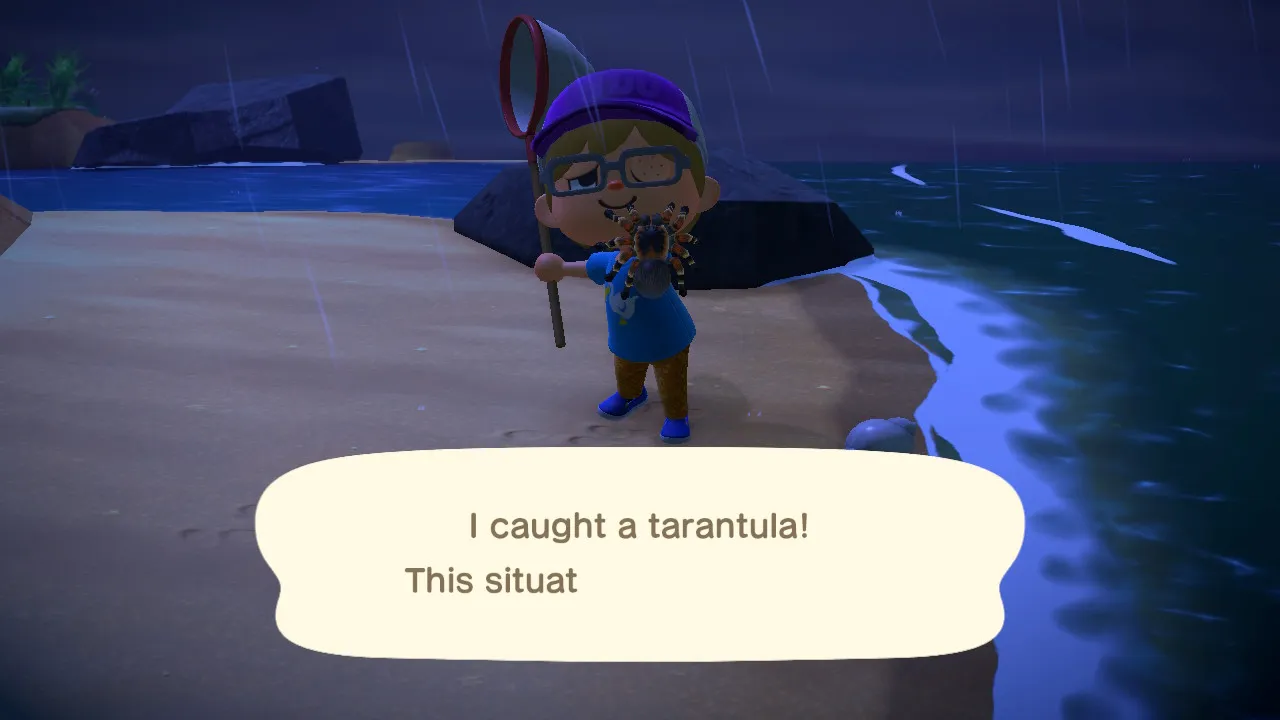
There are a few effective strategies you can employ to improve your tarantula-catching success. One approach is the “stop and go” method, which involves stopping every few steps to observe the tarantula’s reaction. Another approach is to dig holes in a semi-circle around yourself, using a shovel. This creates a barrier that will trap the tarantulas and make it easier to catch them. This approach is particularly helpful in creating your own tarantula farm. Choose the strategy that best suits your playing style and island layout. Practicing these methods and fine-tuning your approach will enhance your catching success, helping you earn Bells.
Luring and Trapping Methods
Luring and trapping methods can significantly increase your catch rate. One common method involves digging several holes in a semi-circle around yourself. This creates a barrier that the tarantulas cannot easily cross, effectively trapping them. You can then approach them, making it easy to swing your net. Another effective strategy is to lure tarantulas into a pre-made pit. This involves digging a small pit and baiting the tarantula towards it. As the tarantula moves closer, you can swing your net and catch it. These techniques are most useful when you plan to create a tarantula farm. Knowing how to lure and trap tarantulas will improve your harvesting rates.
Creating a Tarantula Farm
Creating a tarantula farm can be a very effective way to earn a lot of Bells quickly. This involves clearing out an entire island (or a significant part of it) of all resources, like trees, flowers, and rocks. This creates a completely open space that encourages tarantulas to spawn. After clearing the area, dig holes to set up traps for the tarantulas, or use the luring method. This is where the methods of trapping can be particularly effective. Having an open area to traverse and the ability to trap them makes it easier to catch them. Ensure you have enough space to move around and catch the tarantulas safely. With a well-designed farm, you can dramatically increase your tarantula encounters and the value you get from them.
Maximizing Your Catch Rate
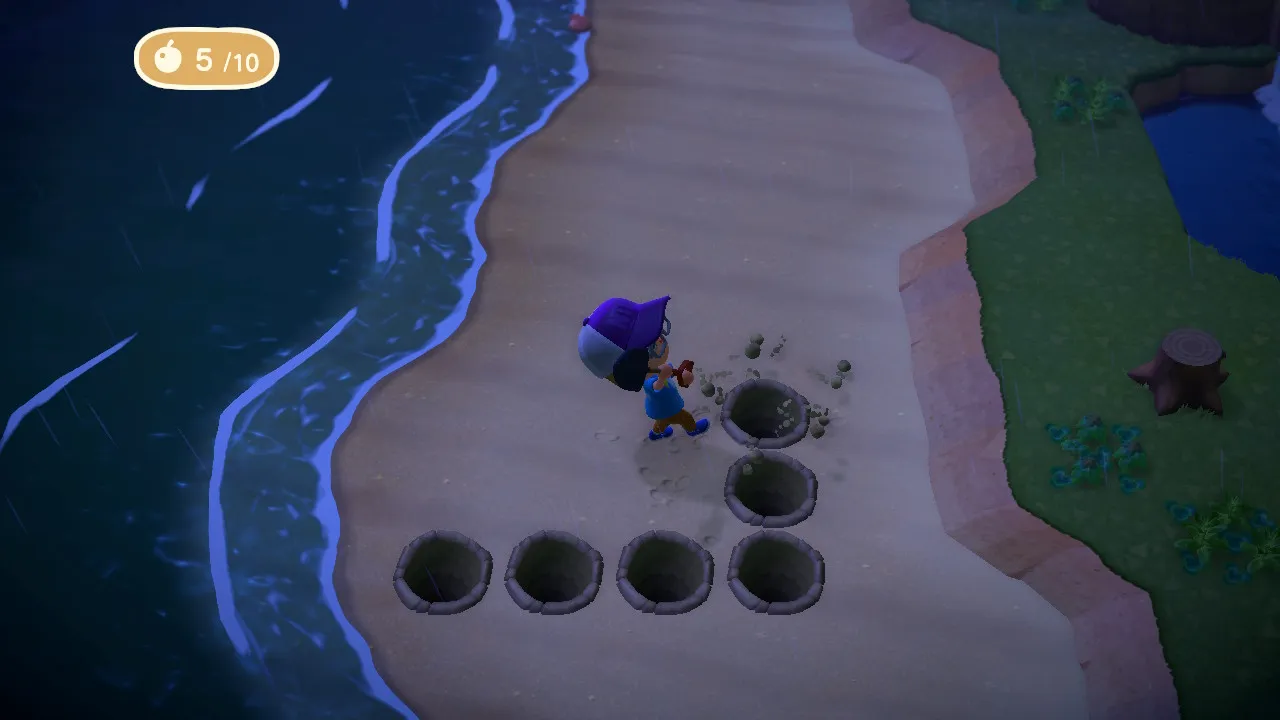
To maximize your catch rate, you must combine several strategies. First, clear a large area of your island. This removes any obstacles that could interfere with the tarantulas spawning. Then, ensure the time and weather conditions are right for tarantula spawning. Bring your net and inventory to store your catches. Using the slow-and-steady approach to get close to the tarantula. Finally, implement luring and trapping methods. With these strategies, you can significantly boost your catch rate. Consistent practice and refinement of your techniques will further increase your efficiency. Prioritize setting up your environment correctly, approaching the tarantulas carefully, and optimizing your strategy for the best results.
Best Times and Places to Find Tarantulas
Tarantulas are most active during specific times and in certain locations. They typically spawn on your island between 7 PM and 4 AM. It’s during these late-night hours that you will have the highest chance of encountering them. In terms of locations, they tend to favor open spaces, away from trees, flowers, and other obstacles. They prefer flat, open ground. You can also increase your chances by visiting mystery islands, which are accessed via Nook Miles Tickets. These islands may offer different conditions, which can increase your spawn rates. Understanding these times and places is a crucial part of your tarantula hunting strategy.
Selling and Profiting from Tarantulas
Tarantulas are valuable creatures in Animal Crossing, and selling them is a great way to make Bells. Each tarantula can be sold to Nook’s Cranny for a significant amount, making them a lucrative item. You can also sell them to Flick, the bug enthusiast who visits your island periodically, for an even higher price. Maximize your profit by selling to Flick. To make the most out of the selling process, collect as many tarantulas as possible. Building a tarantula farm is the best approach. Make sure you have the space to store the tarantulas. The more you catch, the more you can earn.
Tarantula Selling Prices and Market Trends

The standard selling price of a tarantula is 8,000 Bells at Nook’s Cranny. Flick, however, will buy tarantulas for 12,000 Bells each, which makes him the better option for maximizing your profit. Therefore, when Flick is visiting, sell your tarantulas to him. The market for tarantulas is relatively stable, making them a reliable source of income. However, prices can change with updates. Keep an eye on in-game announcements for potential price changes. Knowing these market trends will help you decide when and how to sell your tarantulas, which can greatly impact your earnings and overall in-game wealth.
Dealing with Tarantulas Safely
Dealing with tarantulas safely is essential to avoid stings and the resulting setbacks. Always approach them slowly and cautiously. The key is to remain patient and move deliberately. If a tarantula raises its front legs, stop moving immediately and wait for it to calm down. Always keep your net equipped and ready. Having these precautions in place will dramatically increase your chances of safely catching a tarantula. You will also want to be familiar with how to deal with the aftermath should you get stung. These safe handling methods are crucial for successful tarantula hunting.
Preventing Stings
Preventing tarantula stings is primarily about being aware and deliberate in your movements. Always approach tarantulas slowly and steadily. Avoid running or making any sudden movements that could startle them. If a tarantula shows signs of aggression, stop moving until it returns to a normal posture. Keep a safe distance. This will help you avoid getting stung. Being patient and vigilant in your approach is often enough to prevent stings. By following these simple steps, you can significantly reduce the risk of being stung by a tarantula. This will make your tarantula hunting much safer.
What to Do if Stung
If you are stung by a tarantula, your character will faint and wake up back at their home. You will also lose any items you were carrying. If you have a long journey, be sure to drop items at your home. To recover from the sting, you simply need to return to your home and continue playing. There is no in-game penalty other than the temporary loss of time and progress. However, the setback can be frustrating, so it is always best to avoid getting stung in the first place. Understanding what to do if you are stung will reduce the frustration associated with the sting and allow you to get back to catching tarantulas as soon as possible.
